Introduction to Stem Cells and Liver Diseases
Stem cells are unique, self-renewing cells that hold immense potential in medical treatment. They have the ability to differentiate into different types of cells in the body, and with the right manipulation, they may be used to repair damaged tissues and organs. Currently, stem cell therapy is being studied for its potential in treating various diseases, including liver diseases.
Liver diseases range from viral hepatitis and alcoholic liver disease to more severe conditions like cirrhosis and liver cancer. The liver’s inherent ability to regenerate is hindered in these diseases, leading to progressive organ damage. However, stem cells may offer a breakthrough in this area.
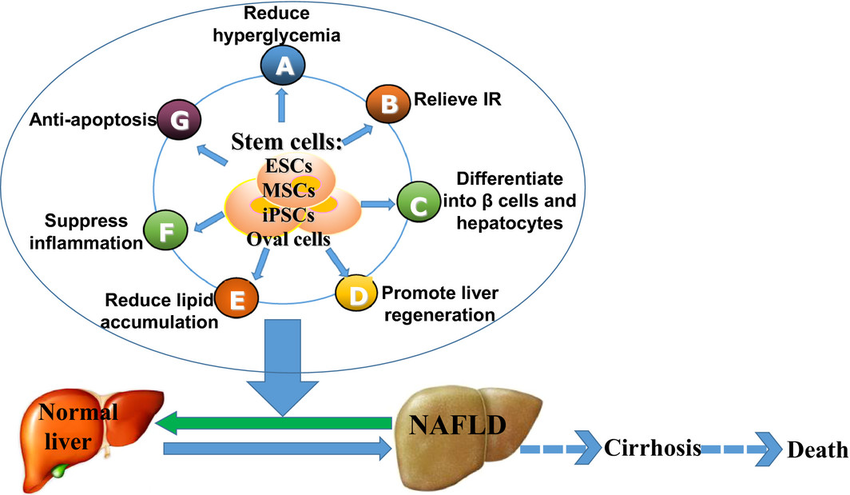
Several promising studies have shown the potential of stem cells in reversing liver damage and improving liver function. This has paved the way for further research into stem cell treatment for liver diseases, which will be explored in the upcoming sections of this article.
Understanding the Function and Significance of the Liver
The liver, one of the largest organs in the human body, plays an indispensable role in maintaining our overall health. It processes nutrients from food, produces bile to help in digestion, detoxifies harmful substances, and stores vitamins and minerals. Johns Hopkins Medicine provides a comprehensive look at these essential functions.
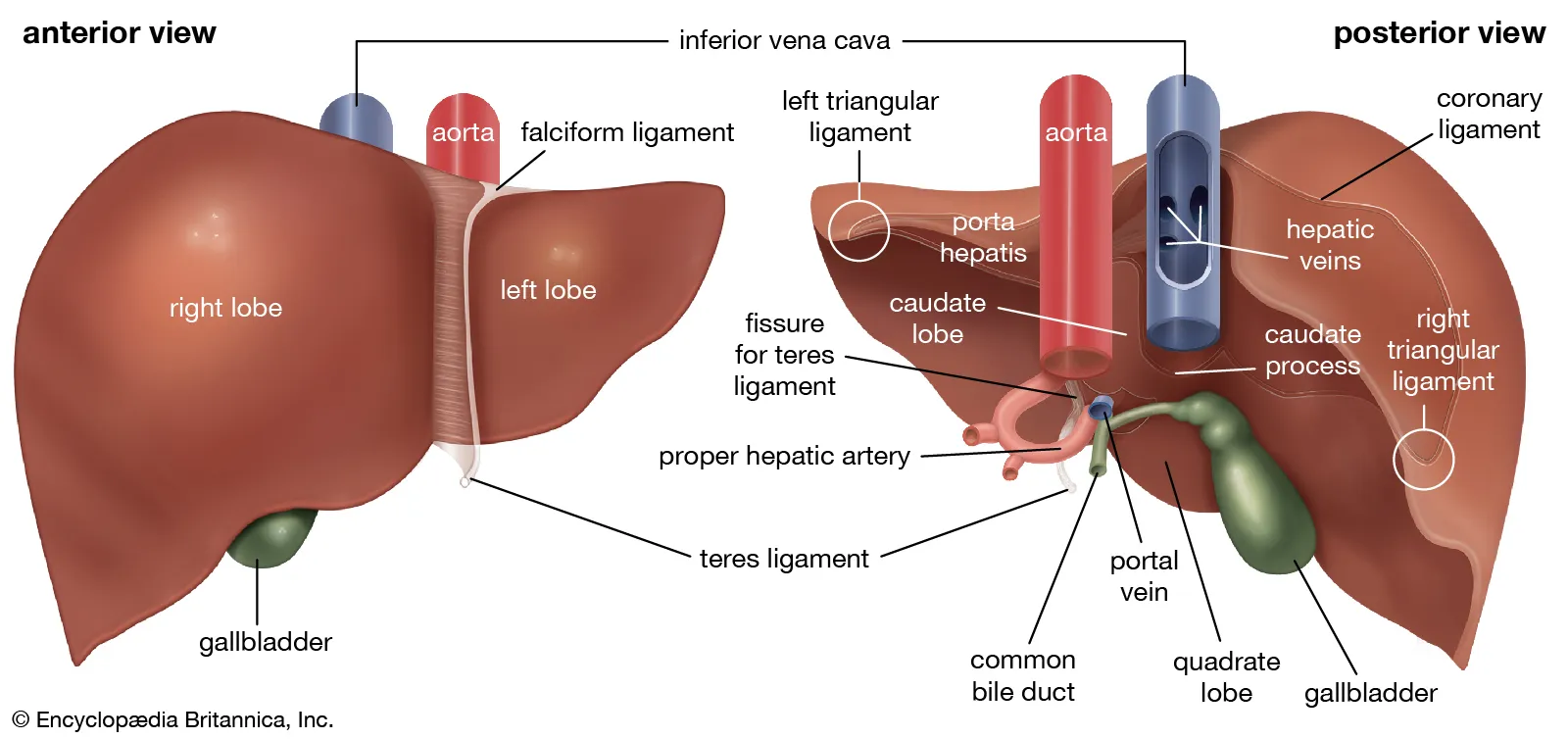
The Impact of Liver Diseases
Liver diseases, encompassing conditions such as hepatitis, cirrhosis, and liver cancer, pose significant health risks. According to the Centers for Disease Control and Prevention (CDC), liver disease is among the top 10 causes of death in the United States, underlining the importance of early detection and treatment.

When liver disease progresses without intervention, it can lead to liver failure – a life-threatening condition. Therefore, maintaining liver health and early detection of liver diseases is crucial.
Traditional Treatments for Liver Diseases
When it comes to managing liver diseases, traditional treatment methods have held the fort for many years. These methods involve a combination of medication, lifestyle modifications, and even liver transplants in extreme cases. Studies indicate that these treatments, while effective to a certain extent, have their limitations and can come with a host of side effects.
Medication and Lifestyle Modifications
Medications used in liver disease management aim to slow disease progression and manage symptoms. However, they cannot cure or reverse liver damage. Lifestyle changes, such as a healthy diet and regular exercise, can support liver health but are often insufficient in the face of advanced disease. Liver transplants, while potentially life-saving, are invasive procedures with significant risks and the constant challenge of donor scarcity.
This landscape of challenges with traditional treatments sets the stage for the exploration of innovative therapies like stem cell treatment for liver diseases, which we will delve into in the next section.
The Innovative Science Behind Stem Cell Treatments
Stem cell treatments represent a groundbreaking approach in regenerative medicine. At their core, stem cells hold the power to repair or regenerate damaged cells within the body. This unique ability to self-renew and differentiate into specialized cell types is what makes them invaluable in medical treatments.
There are primarily two types of stem cells used: embryonic stem cells and adult stem cells. Embryonic stem cells are pluripotent, meaning they can transform into any cell type. On the other hand, adult stem cells are multipotent and can only differentiate into a limited number of cell types.

Stem cell transplantation involves injecting these cells into the patient’s body. The process aims to replace diseased or damaged cells with healthy ones, thereby restoring normal function.
Stem Cell Treatment in Liver Diseases: Recent Developments
Recent advances in stem cell treatments have shown promising results for liver diseases. This innovative treatment modality is seen as a potential alternative to liver transplantation, offering a solution to the challenges of organ availability and rejection.
Stem cells can differentiate into hepatocytes, the main cell type in the liver, helping to restore liver function. The latest research is focusing on how to effectively use these cells to treat various liver diseases.
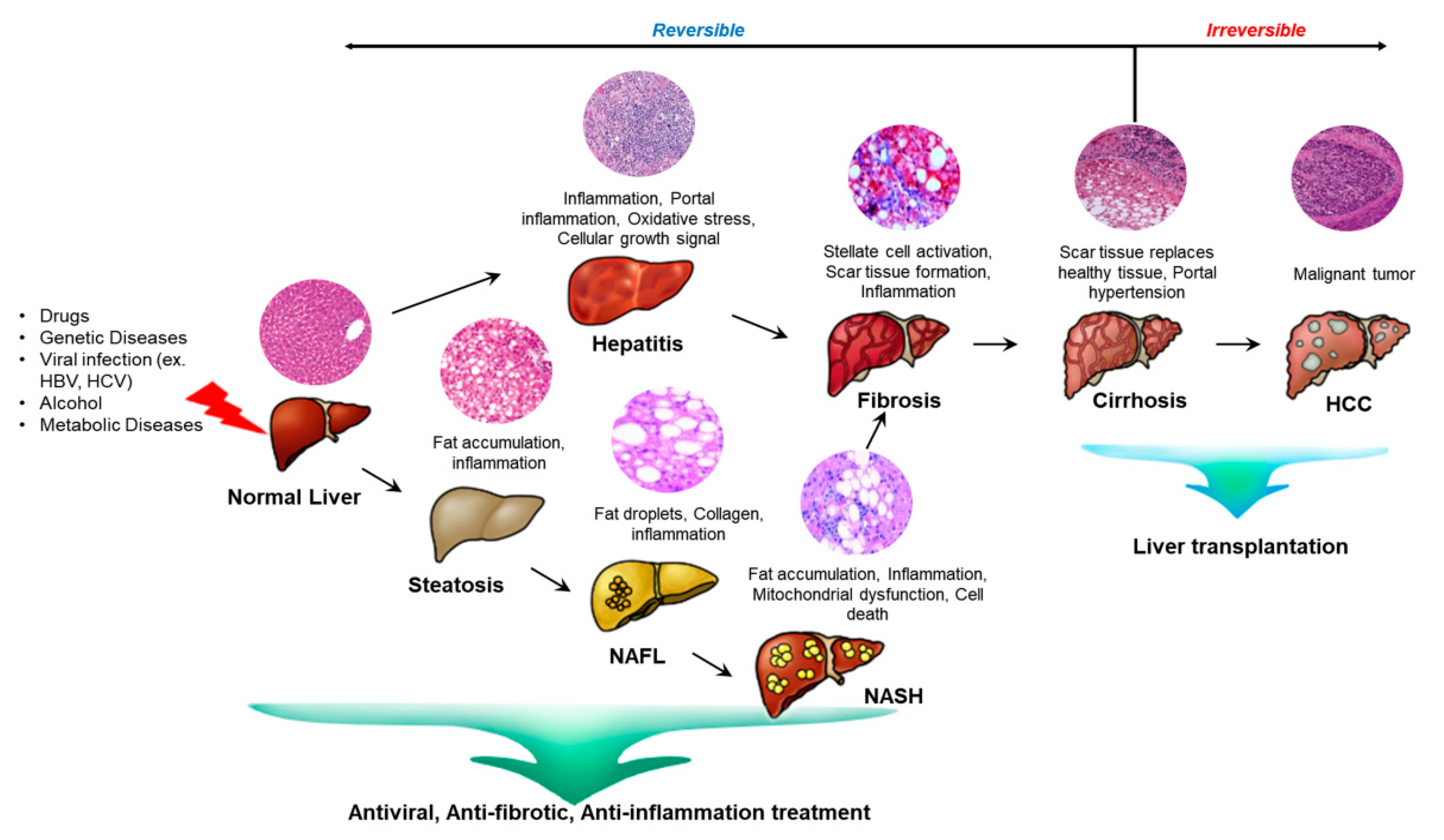
Advancements in Stem Cell Therapy for Liver Diseases
In recent years, there have been significant strides in the use of stem cell treatment for liver diseases. Researchers now believe that stem cells, with their ability to divide and transform into a variety of cell types, could potentially regenerate damaged liver tissue. This is a significant breakthrough considering the high incidence of liver diseases and the lack of available treatments.
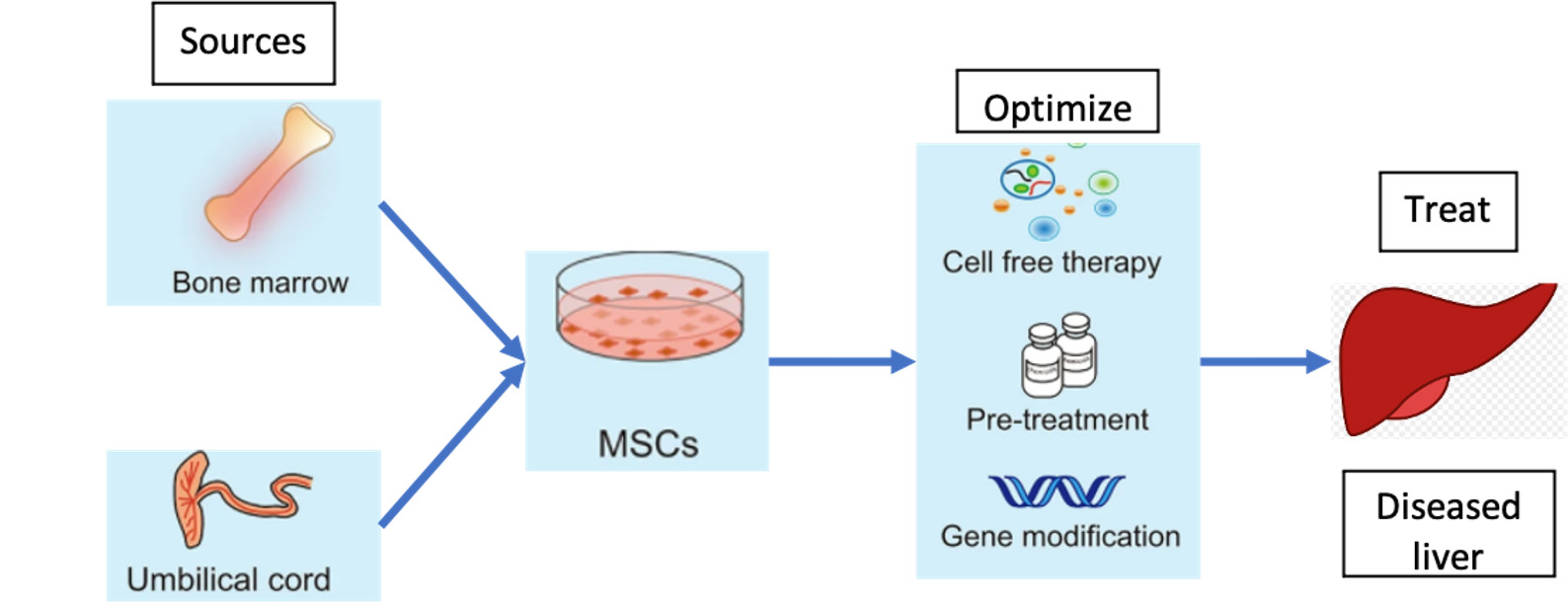
Several recent clinical trials have shown promising results, with patients exhibiting improved liver function after stem cell treatment. As a result, the medical community is increasingly hopeful that stem cell therapy could be a viable treatment option for people with liver diseases.
Despite these promising developments, challenges remain. The process of harvesting and transplanting stem cells is complex and requires further refinement. Furthermore, regulatory hurdles must be overcome before this therapy can become widely available.
The Future of Stem Cell Treatment for Liver Diseases
Looking ahead, the potential of stem cell therapy for treating liver diseases is vast. As research progresses and techniques become more refined, the possibility of a cure for liver diseases could be within reach.
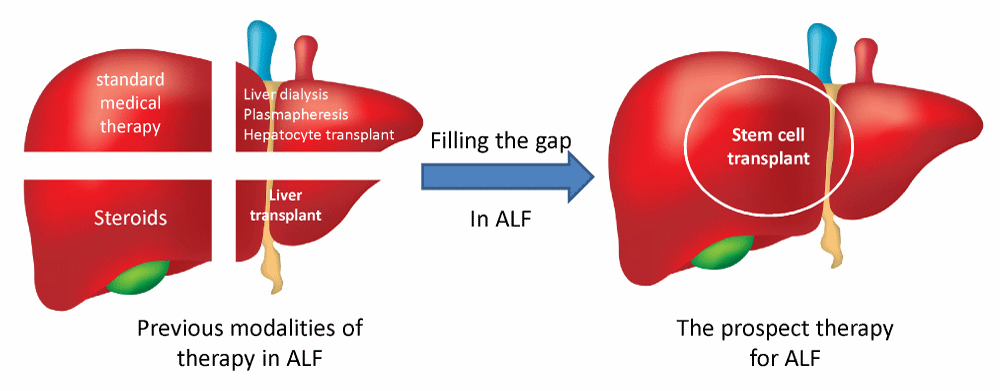
Case Studies and Success Stories
Stem cell treatments are leading the charge in the battle against liver diseases, with various success stories and case studies providing tangible evidence of their potential. A deep dive into these shared experiences helps us understand the practical implications of these treatments.
For instance, a 2017 study published in the Journal of Hepatology highlighted an inspiring case of a patient suffering from end-stage liver disease. After receiving stem cell treatment, the patient demonstrated significant improvement, marking a revolutionary development in liver disease treatment.
Another remarkable story revolves around a patient with cirrhosis who, after undergoing stem cell therapy, showed substantial progress. This case, detailed in the Annals of Translational Medicine, sheds light on the potential of stem cells in regenerating damaged liver tissue.
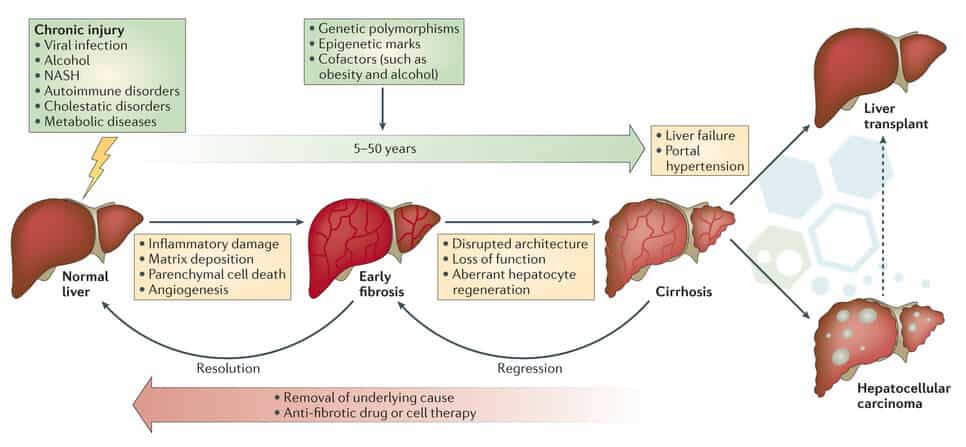
These cases are just the tip of the iceberg, with countless more patients worldwide experiencing the life-saving potential of stem cell treatments for liver diseases. As we delve deeper into this field, the promise of stem cell therapy continues to unfold.
Challenges and Ethical Considerations in Stem Cell Treatment
Despite the significant strides made in stem cell treatment for liver diseases, it’s crucial to appreciate the challenges and ethical considerations that come with this medical breakthrough. One of the significant hurdles is the potential side effects of this treatment. While research has shown promising results, studies have also identified potential risks, such as tumorigenicity and immunogenicity (source).
Another considerable challenge is the high cost associated with stem cell therapy. Given the complex procedures involved, the treatment often comes with a hefty price tag, making it inaccessible for many patients.
Lastly, there’s a significant ethical debate concerning the use of embryonic stem cells. The extraction process involves the destruction of an embryo, which raises moral and ethical questions (source). The use of these cells is regulated by stringent laws, which vary from one country to another, further complicating the issue.
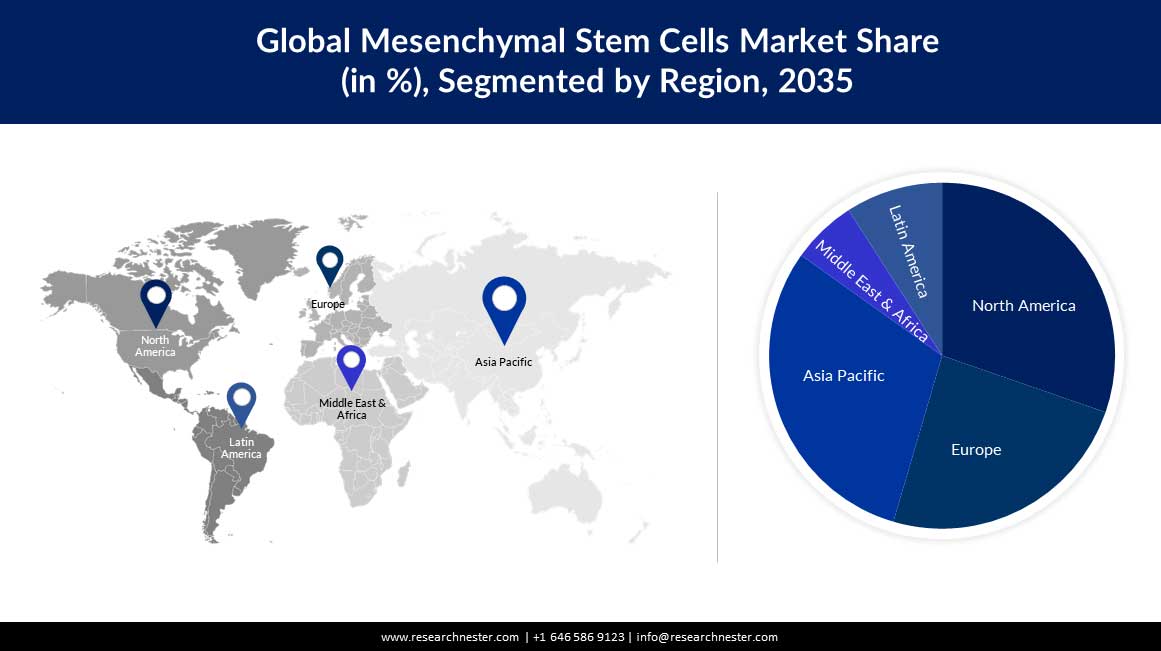
The Future of Stem Cell Treatment for Liver Diseases
The potential of stem cell treatment is undeniable, but it is crucial to navigate the associated challenges and ethical considerations mindfully. As the science progresses, so should the conversations around these important issues.
As we continue to trailblaze the path of medical innovation, the future of stem cell treatment for liver diseases looks promising. Researchers are making significant strides in the field, as they delve deeper into the understanding of stem cells and their potential to revolutionize liver disease treatment.
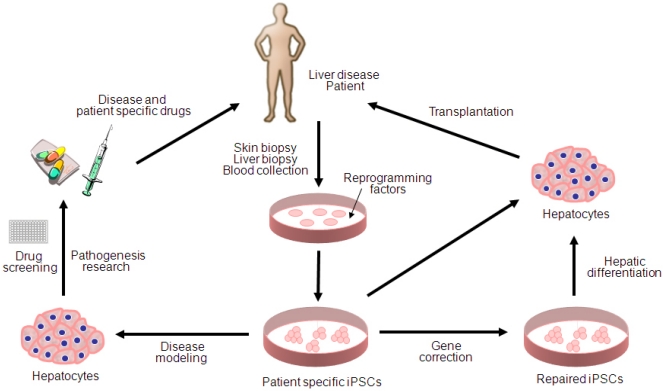
With ongoing clinical trials and robust research, we are on the cusp of a new era in hepatology. There are high expectations for the potential of stem cells to regenerate damaged liver tissue and provide a definitive cure for various liver diseases.
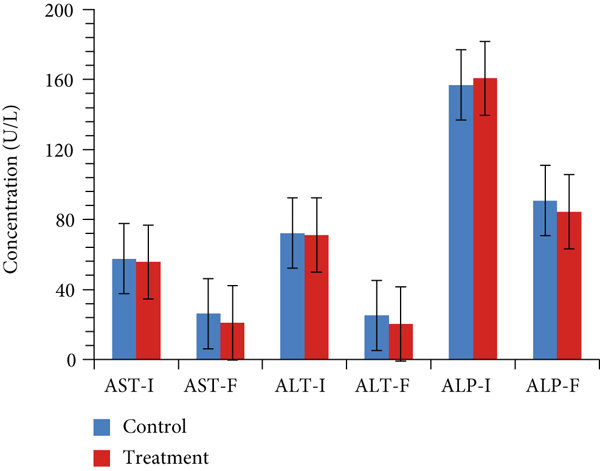
In conclusion, the future holds immense possibilities for stem cell treatment in liver diseases. It signifies promising advancements that could potentially change the face of liver disease treatment, offering hope to millions of patients worldwide.
